Summer Undergraduate Research Experience
S.U.R.E. Projects for 2021
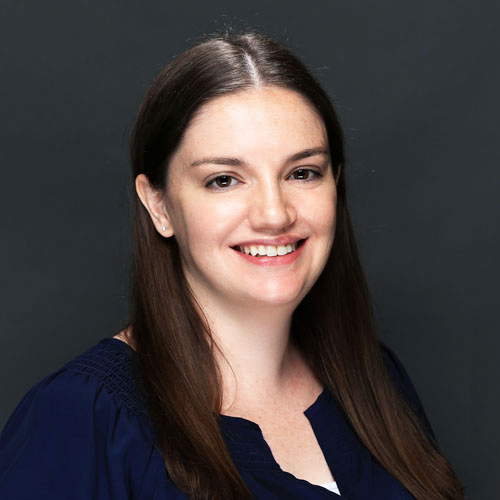
Robotic assistive devices or exoskeletons can help improve mobility in a variety of populations including older adults, individuals post-stroke and individuals with spinal cord injuries. Different exoskeleton design provide robotic assistance at the hip, knee and/or ankle joints in the leg to assist individuals with activities such as walking. Many different exoskeleton designs exist and the mass and mass distribution of each exoskeleton varies considerably. Therefore, it is important to understand how people respond to wearing added mass that reflects the added mass and mass distributions of different exoskeleton designs. Biomechanical motion, force and muscle activity data will be collected while individuals walk on a treadmill under different added mass conditions and at different walking speeds. The data will be analyzed to understand how people respond to added mass similar to an exoskeleton.
The student researcher will learn several techniques for processing and analyzing biomechanical data that will be beneficial for future research and career opportunities. In addition, the student will be mentored by multiple faculty and graduate students working on the project and in our collective biomechanics labs.
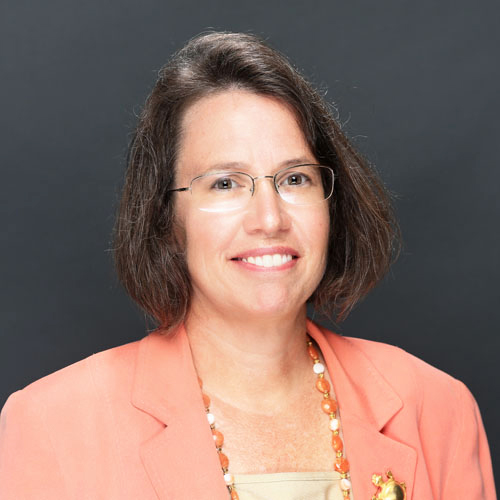
When refrigeration is not available, phase change materials (PCMs), like ice and carbon dioxide, are used to keep things cool. PCMs have also been proposed as an environmentally friendly option for air conditioning in climates where nights are cold and days are hot. PCMs are usually solids that melt at a specific temperature, absorbing heat without changing temperature until they have melted completely.
Ice is often used as a PCM. However, for some applications, ice is too cold. It damages freeze-sensitive items like fruits, vegetables, vaccines and other medications. Storing these materials without refrigeration requires PCMs that melt at higher temperatures.
The ideal PCM is nontoxic, environmentally friendly, quickly absorbs and releases heat, and can be manufactured in developing countries. Vegetable oil meets most of these criteria. Peanut oil, for example, melts at 3°C. However, solid vegetable oils have low thermal conductivity. Solid vegetable oils act like an insulator, slowing down heat transfer and limiting their usefulness. One solution is to dope the phase change material with another solid that rapidly transfers heat, raising the thermal conductivity without changing the melting point temperature.
During the first phase of this project, the student will explore using carbon nanoparticles to increase the thermal conductivity of peanut oil and assess the practicality of this approach. During the second phase, the S.U.R.E. student will pursue experiments of their own design. The S.U.R.E. student will collaborate with Dr. Vasquez's research group and may interact with ETHOS partners as well.
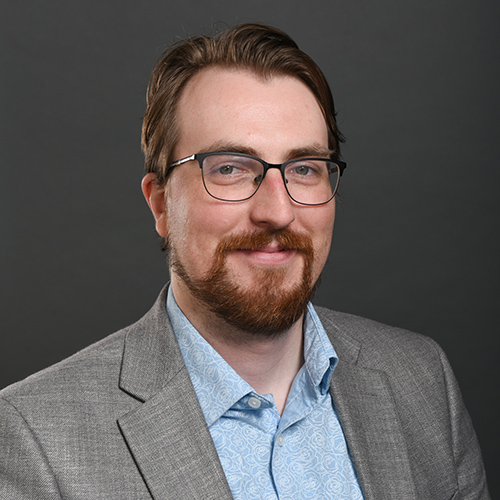
High-flux solar simulators (HFSS) are research facilities that deliver thermal energy from simulated sunlight to a target plane, replicating the highly-concentrated solar resources produced from solar furnaces and solar power towers. The simulated sunlight is produced via a series of 4-5 metal halide lamps (stadium lights) fitted with elliptical reflectors to intercept and concentrate the emitted radiation to a 60 mm diameter focal point. The HFSS research facility at UD is designed to deliver between 3 – 4 kWth, ideal for laboratory scale solar-thermochemical reactor development. Dr. Schrader’s research group has extensive experience on the modeling and characterization of solar-thermal facilities.
This S.U.R.E. experience will include 1) numerical modeling for optimization of lamp module arrangement and 2) experimental characterization of module performance using image processing techniques. The student will gain skills in C++, MATLAB and LabView programming languages for both computational and experimental data processing. The student will also gain experience with Monte-Carlo Ray Trace Modeling, a numerical method used for modeling radiative exchange. The student will investigate the impact of individual lamp module designs, positioning, and lamp combinations on the facility performance.
The end product from the summer will be an interactive, graphical user interface MATLAB program, which can be used to predict the performance of an optimized DaTA Lab HFSS research facility. The student will benefit from a collaborative environment with additional faculty and graduate students in mechanical engineering.
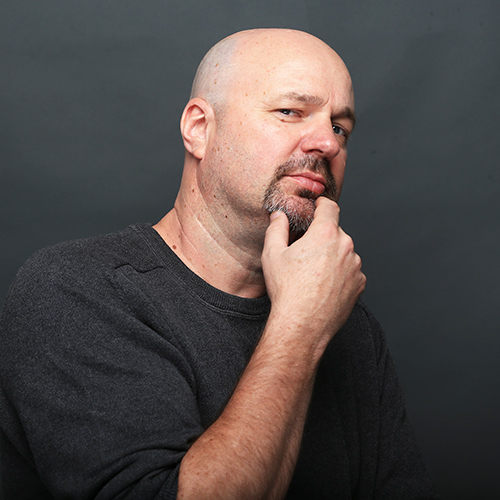
Emerging rapid prototyping techniques have the capacity to print robot components that, when inflated, alter their shapes. These components tend to be less accurate than classical rigid robots, but are vastly safer for human interaction. The goal is to synthesize several components, run inflation tests and analyze their resulting motions in order to build a modeling app that can perform the design of soft robotic systems to accomplish specific tasks.
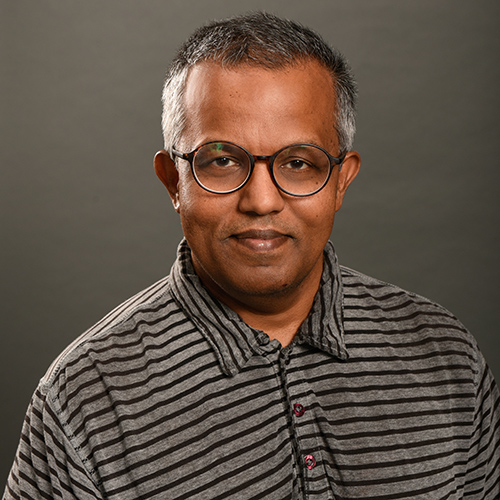
The same microfabrication techniques that are used in the production of semiconductor electronic chips have also enabled another technology known as lab-on-a-chip. Using lithography, thin film deposition and micro molding, it is possible to construct elaborate miniature platforms to allow fluids, membranes, mixers and sensors to coexist on the same chip. Such miniature “laboratories” are currently used as inexpensive throw-away platforms in biotechnology for studying the behavior of cells, their response to drugs, and to develop new therapeutic methods. However, most of these chips currently rely on traditional methods of observation, such as microscopes, cameras and external sensors. Integrating sensors inside the microfluidic chips should allow for a more compact platform with greater functionality. For example, the size of a light-emitting-diode (LED) chip can be smaller than single cancer cell. It is possible, therefore, to interrogate and characterize each cell separately at high throughput rates by examining its spectroscopic and acoustic signatures using integrated photodetectors, laser diodes, diffraction gratings and acoustic wave transducers, all embedded inside the microfluidic chip.
In this work we will be working with other engineers and biologists to design and develop integrated sensor platforms using microfabrication techniques. The student will learn how to work inside a cleanroom, learn the fundamental principles of microfabrication, and contribute to the development of novel sensor integration.
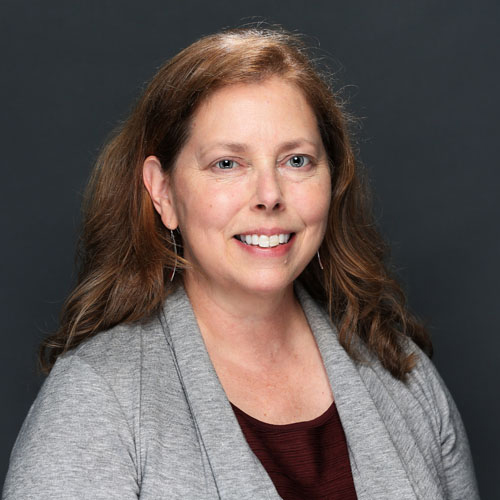
Waste management follows a hierarchy of reduction, recycling, treatment, and disposal, with reduction of source wastes being most preferred. However, even when technical knowledge exists for predominately using reduction and recycling, other business parameters may hinder their application. Hindrances may include lack of waste specialty knowledge in a small- or mid-size business, cost of transitioning to new materials or new practices, lack of regional access to “cleaner” choices, or uncertainty regarding future access to those resources.
The context of this project spans across different levels of focus. Within a summer semester, an undergraduate student would select one level of inquiry. Examples, from breadth to narrowly focused, may include the following:
- develop methodology to assess benefits among a set of choices and identify elements in the methodology that are weakly supported by currently available data;
- coordinate with a regional solids waste management agency to analyze business surveys regarding current resources and practices used by regional businesses for waste management decision-making and hindrances to selecting alternate practices;
- focus on a particular subset of business waste for optimizing waste reduction/recycling/disposal options.
These choices provide ample flexibility to select information-based research if public health conditions limit collaborative in-person activities.
Relevant majors:
Civil/environmental or mechanical engineering with an interest in manufacturing and environment, engineering management with an interest in manufacturing and the environment.
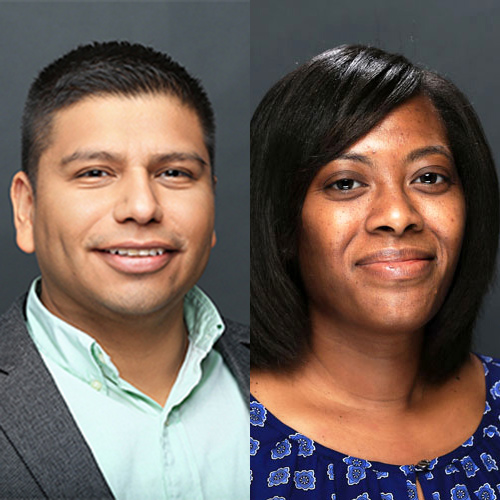
By 2025, it is estimated that freshwater will be in shortage due to an increasing population and household demands in many areas of the world. In addition to a steady increase in population, climate change and food needs have a critical role in freshwater scarcity. New technologies are needed to address the worldwide demand either in producing potable water or in purification aspects. Vasquez’s research group has experience working with surface modification of various substrates through chemical techniques and nanofibers' production using electrospinning techniques. This S.U.R.E. research experience will target desalination processes through surface-modification techniques that could 1) enhance evaporation processes and remove salts, or 2) the production of functionalized nanomembranes — with diameters below 1 micron — that could act as potential filter mechanisms for water desalination. Many experimental characterization techniques will be used to assess the as-produced materials, including but not limited to microscopy, spectroscopy, conductivity, total dissolved solids, pH, and contact angle measurements, which determine the hydrophobicity of hydrophilicity of a surface after a chemical treatment.
The student will have an opportunity to work in a collaborative environment with other faculty members in mechanical engineering, chemistry, and civil and environmental engineering.
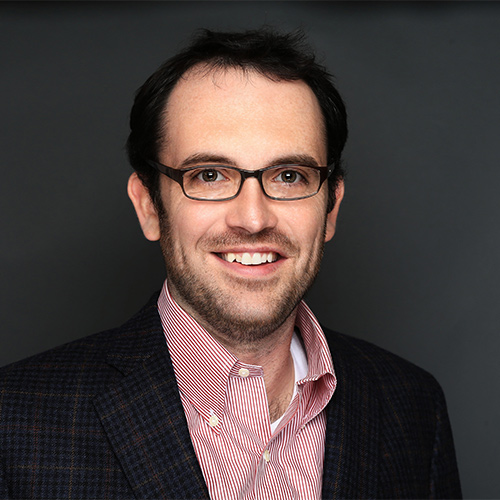
Our group uses computational modeling to investigate the behavior of materials and interfaces at the molecular level. Problems such as these extend to many applications including ion exchange membranes and drug delivery. Molecular simulation allows us to access information that may not be possible in experiments, and our goal is to use this to enable more efficient design of nanomaterials for specific applications.
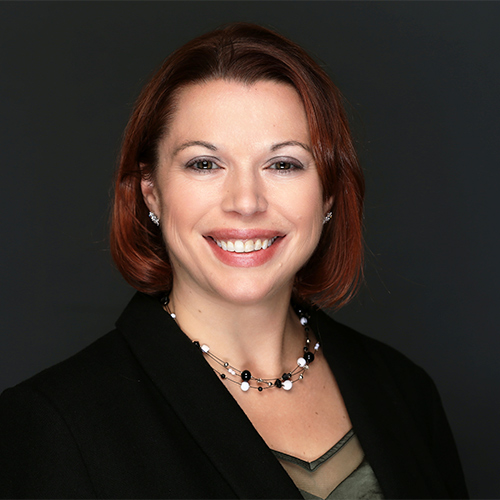
Nanomaterials (NMs) hold tremendous potential to improve quality of life through applications spanning everyday consumer products to biomedical therapeutics. This surge in NM utilization has resulted in significant degrees of NM waste and increased rates of human exposure, generating the need to ensure the safety of NM-based applications. As NM behavior is dependent upon local environmental factors, this creates a challenge for standard cell-based assessment to produce reliable data, as they lack physiological accuracy. This work strives to overcome these limitations by transforming a standard cellular model into one more representative of a human system, thereby developing an environment more representative of real world exposure scenarios. Through utilization of this enhanced model for NM safety assessments, we will be able to accurately characterize NM behavior and resultant bioresponses accurately and efficiently.
The objective of this work is to design, generate and validate an enhanced microenvironment model (EMM) for biologically accurate evaluation of NM behavior and safety. To accomplish this, we propose to construct and implement the EMM, which retains the advantages of cell-based systems but incorporates the key physiological elements: 1) a multiple cellular compartment model, 2) dynamic flow connecting all cellular compartments and 3) inclusion of a circulating immune line. The EMM will be challenged with silver NMs (AgNMs) followed by evaluation of NM behavior, pharmacokinetic profiles and induced biological responses, including cellular stress, inflammatory responses and genetic modifications, thereby, validating our hypothesis that the EMM displays differential behavior from traditional in vitro systems.
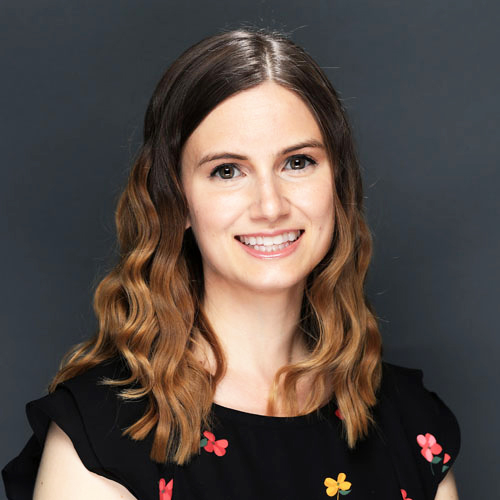
My research focus is on understanding and improving the movement abilities of people with impairments using experimental biomechanics methods. I seek to develop devices that generate targeted challenges particularly for walking and balance and that provide visual feedback using standard and virtual reality headset displays. My recent work has focused on the advancement of methods to identify underlying impairments in movement ability, to improve abnormal movement patterns through challenge-induced learning and to investigate biomechanics outside the laboratory through the integration of custom smart technology into personal devices.
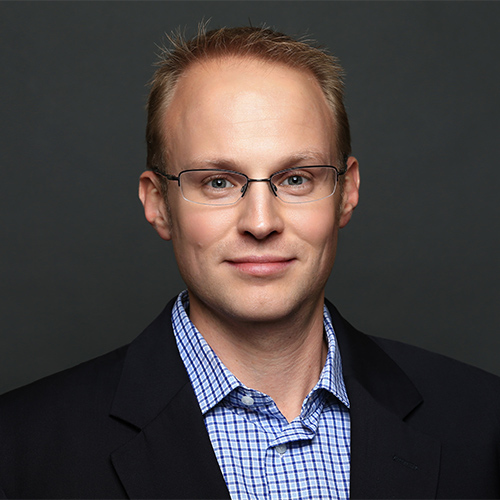
Continuous digital light processing (cDLP) additive manufacturing (AM) is a recent development in vat photopolymerization where full layers of photosensitive resin are irradiated and cured with projected ultraviolet (UV) light to create a three-dimensional part layer-by-layer. Relative to traditional manufacturing approaches for soft materials (e.g., molding, soft lithography), cDLP AM is better suited for quickly producing small, customized parts with intricate features and complex shapes. Recent breakthroughs in polymer chemistry have led to a growing number of UV-curable elastomeric photoresins suitable for cDLP AM, some with over 1000 percent elongation at fracture. To enable their use in candidate applications such as soft robotics, stretchable electronics, and regenerative medicine, a fundamental understanding of their mechanical behavior (i.e., deformation and fracture) is requisite. Toward that end, this project is focused on experimentally characterizing the highly nonlinear mechanical response of novel soft UV-curable photoresins.
Anticipated tasks include assisting with the implementation of a new three-dimensional digital image correlation system for full-field strain measurement during mechanical testing, coupon-level uniaxial tension testing and cyclic load-unload testing over a wide range of strain rates, and the development of custom fixtures for new coupon-level mechanical tests (e.g., compression, pure shear, simple shear). Component-level validation tests may also be developed to verify the accuracy of in-house analytical and finite-element models of the nonlinear dynamics of pneumatically-actuated soft robots.
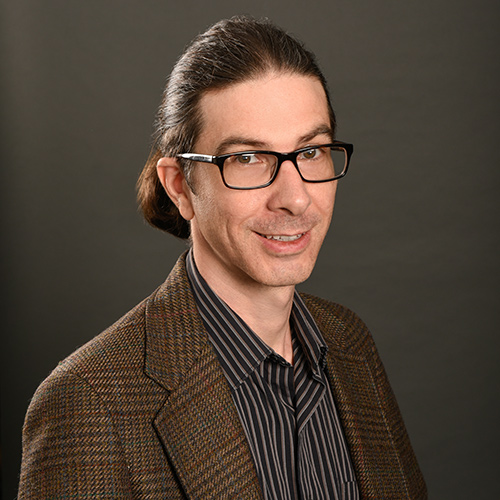
We are developing fluidic cell and tissue culture devices or 'tissue-chips' that can be used to study human disease and test potential drug therapies. The advantage of tissue-chips over conventional well-plate and flask-based cultures is their ability to mimic physiological stimuli by controlling fluid flow, dissolved oxygen gradients and mechanical strain. Furthermore, sensors can be built into the devices allowing for continuous, nondestructive monitoring of tissue health and activity. We integrate several technologies into our tissue-chip platform, including 3D printing, electrospinning of nanofiber biomaterials, photo-responsive polymers, dissolved oxygen sensors, and flow and oxygen control systems. This interdisciplinary research will be achieved through various subprojects, including computer-aided design, transport modeling, 3D printing process development, electrical engineering and computer programing, materials development and characterization, cell culture, and fluorescent microscopy.
The student researcher will co-develop a project within this framework that utilizes their unique talents and skills and challenges them to learn something new. They will engage with the PI/mentor and other researchers in the laboratory throughout their research experience. Through this interaction, the student will understand the context of their work and gain a greater appreciation of its impact as they work to meet dependent sub-projects' specification and schedule requirements and cooperate with other researchers. Ultimately, the student's summer research effort will contribute to a fully working tissue-chip device.
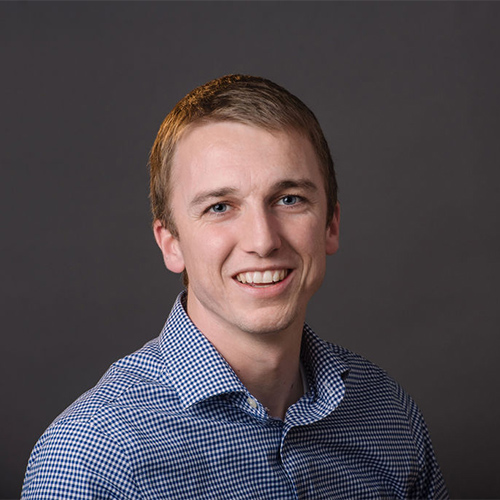
An old rule of thumb states that a solar panel should be positioned so that the tilt angle (angle between the panel and the ground) is equal to the latitude of the panel’s location. This position, in theory, allows the panel to capture the most energy over the course of one year. However, the latitude angle rule neglects the significant influence of seasonal weather variations and panel efficiency variation with temperature. Panel efficiency decreases as temperatures increase, and cloud patterns vary seasonally, impacting available panel generation. Several published studies have attempted to determine optimal tilt angles for international locations, but no studies have found optimal tilt angles for United States locations.
The S.U.R.E. student will assist in the development of a numerical model used to predict the energy output from a solar panel. This model will be used to determine the optimal tilt angle for a solar panel for a large number of locations throughout the United States. Additional efforts a S.U.R.E. student might contribute to include a thorough literature study of tilt angle optimization, modeling wind drag effects in the optimization code, optimization of panel azimuth and visualization of the optimization results using choropleth maps.
Finally, the student will have the opportunity to interface virtually with Kelly Bohrer and ETHOS students at various sites across the country to implement the optimal tilt angle findings they generate at site-specific solar installations. This data will be used to validate the student’s results.
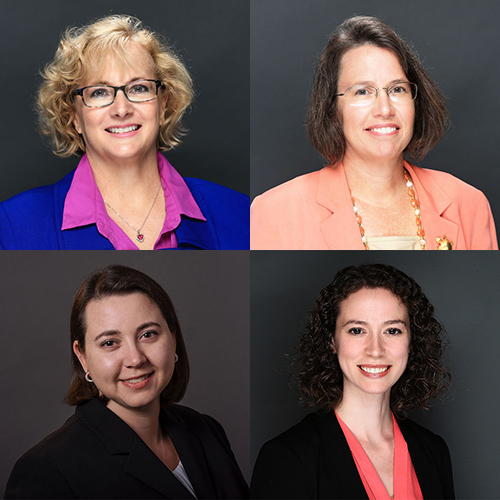
West Dayton is home to 68,000 people but has only one full-service grocery store. Without a car, it is difficult for low income people living in West Dayton to buy healthy food at a reasonable price. A second grocery store, Gem City Market, is scheduled to open in West Dayton February 2021. GCM wants 15 percent of its merchandise to come from local and regional suppliers, including small local farms and specialized suppliers. Many small grocery stores use simple methods, such as log books, to manage orders, deliveries and payments from their produce suppliers. However, GCM expects to work with many small local suppliers, rather than a few wholesale distributors, and needs a less time-consuming supplier management system. The Food Systems Working Group in the School of Engineering is working with GCM to develop an online supplier relationship platform. During the fall semester, 2020, Evan Elliot, a graduate student in the systems engineering program, used systems engineering concepts to identify GCM’s needs and to develop a framework for the online platform.
We are looking for a S.U.R.E. summer student to assess this platform from the supplier’s perspective. The S.U.R.E. student will identify and interview local small farmers and producers to learn what they would want from a supplier management online platform. Then, they’ll use systems engineering principles to analyze the results of these interviews and recommend modifications to the supplier management framework.

A control system that was developed in the prior work to act as flap, spoiler and aileron will be actuated using open and closed loop control in an effort to obtain a desired lift, drag and rolling moment. The closed loop control system will utilize a simple aerodynamic plant model as well as use a simple PID tuner. The aerodynamic model will be based on the traditional inviscid aerodynamic theories for finite wings. Once the open and closed loop control is developed to achieve the desired forces and moments, the wing will be exposed to a sinusoidal gust in the University of Dayton Low Speed Wind Tunnel. The control system then will be tailored to mitigate the gust using the control surface in either the flap, spoiler or the aileron configuration. Sensitivity studies will be performed to determine the efficacy of using one type of control surface over the other to effectively mitigate gust.
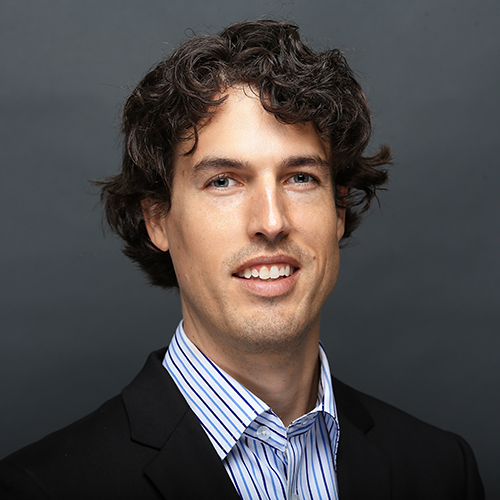
People have been operating machines for decades: think cars, boats or aircraft. Today, these machines also include controlling wearable technologies like prosthetics or exoskeletons. Within this research, we will be modeling both the person and the machine to predict how they will perform under various tasks. This coupled model is better known as a cybernetic system. Thus, as a researcher you will apply your knowledge and learn more about a range of topics from biomechanics to physiology and robotics, which will be incorporated into dynamic models. The researcher will have access to experimental data already collected or be able to conduct data collection with various human-machine platforms in the lab (UD flight simulator, motor control simulator or hip exoskeleton).
You will be guided in how to setup computer models, interpret data for the purposes of evaluating models, and if desired, learn how to conduct human-subject research.
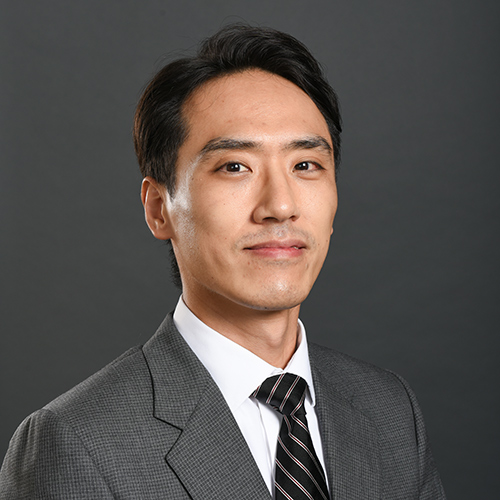
This undergraduate summer research project is designed to work on an interesting operations research problem. The selected student will develop a decision support system and solve the network design problem for satellite offices location. During this on-going COVID-19 pandemic, more people perform their job outside of their normal office to avoid being exposed to the virus and minimize close contacts. Satellite office is an intermediate form of remote work between working from home and commuting long distances to work, in which employees are relocated and travel to their nearest site to reduce time to travel. However, careful examination is required in determining the capacity of the site, not only considering operating costs but also potential risks of closing off partial or entire office if a sick person is found in the building. In this research, therefore, the student will build a multi-objective mathematical model to minimize the operating costs and reduce infection and transmission of the virus both in the office and during employees’ commutes.
The selected student will begin with surveys on background research about supply chain management and network problems. The student will learn how to use optimization problem languages and how to build a mathematical programming model for the real-world problem. The student's work is expected to contribute to INFORMS conference proceedings paper in fall 2021.
